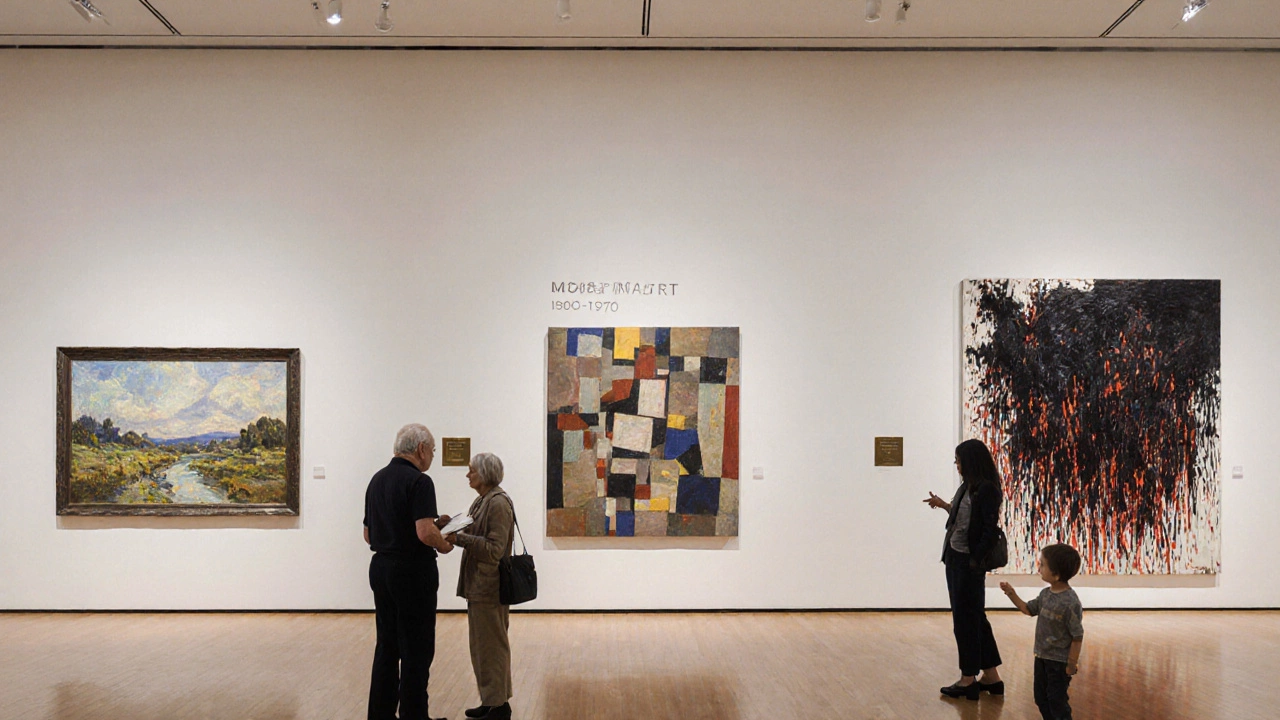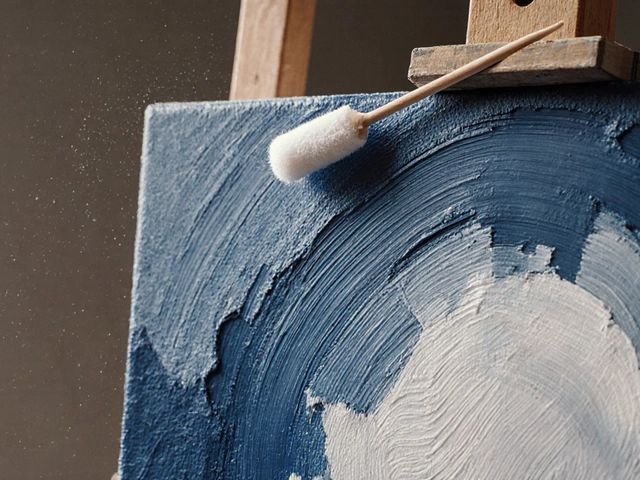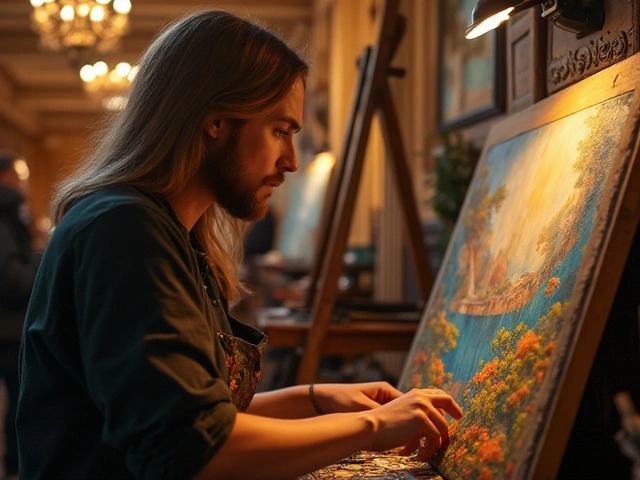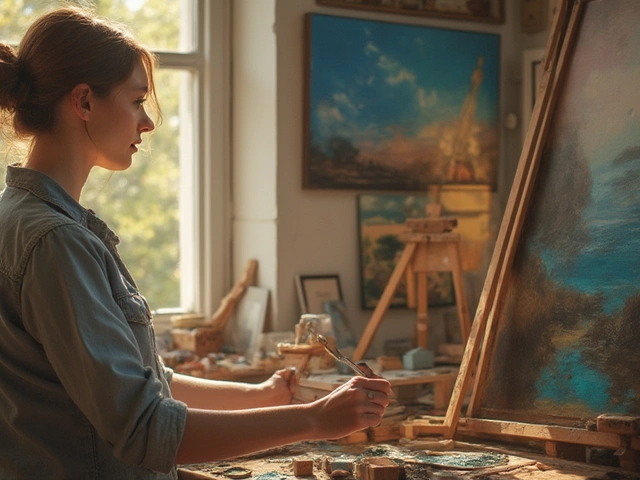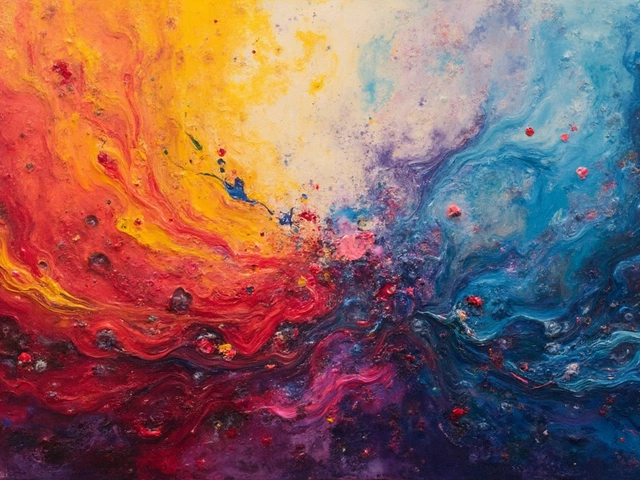Artistic Movements: Definitions, History, and Key Trends
When exploring artistic movements, the organized shifts in style, ideas, and techniques that groups of artists adopt over time. Also known as art movements, it marks the way creators respond to culture, technology, and each other. In this overview you’ll see why artistic movements matter for anyone who paints, draws, sculpts, or simply enjoys art.
One cornerstone of the story is modern art, the late‑19th‑century break from academic rules that opened doors to new subjects and techniques. From there emerges abstract art, a style that drops recognizable objects in favor of shapes, colors, and gestures, which in turn fuels contemporary art, the current wave that mixes media, ideas, and social commentary. Another major thread is sculpture, the three‑dimensional practice that has its own movements from classical figurative work to hyper‑realistic installations. Each of these entities lives inside the broader frame of artistic movements, shaping how we see and make art today.
How These Movements Connect and Influence Practice
Modern art encompasses experimental approaches that later give birth to abstract art; the latter influences contemporary artists who blend digital tools with traditional media. Contemporary art requires a flexible mindset because it often borrows from sculpture, performance, and even music. Sculpture, as a medium, offers tactile possibilities that many movements explore, from the marble realism of the 1800s to the mixed‑media installations seen in galleries today. Digital creators also treat digital art as a new movement, echoing the same cycle of rebellion and innovation that defined modern and abstract art.
Understanding these links helps you spot patterns in the list of articles below. You’ll find deep dives into landscape painting styles, guides on turning artwork into digital formats, pricing tips for portrait commissions, and stories about the highest‑paid digital artists. All of them tie back to the core idea that artistic movements are living, shifting forces that guide technique, market value, and creative direction.
Now that you have a clear picture of what artistic movements are and how they intersect with modern, abstract, contemporary, and sculptural practices, you’re ready to explore the curated posts below. They cover everything from practical how‑tos to historical insights, giving you actionable knowledge whether you’re just starting out or looking to deepen your expertise.
Modern vs Contemporary: Key Differences Explained
Discover the clear differences between modern and contemporary art, including timelines, styles, media, and how to identify each in galleries.
Continue Reading